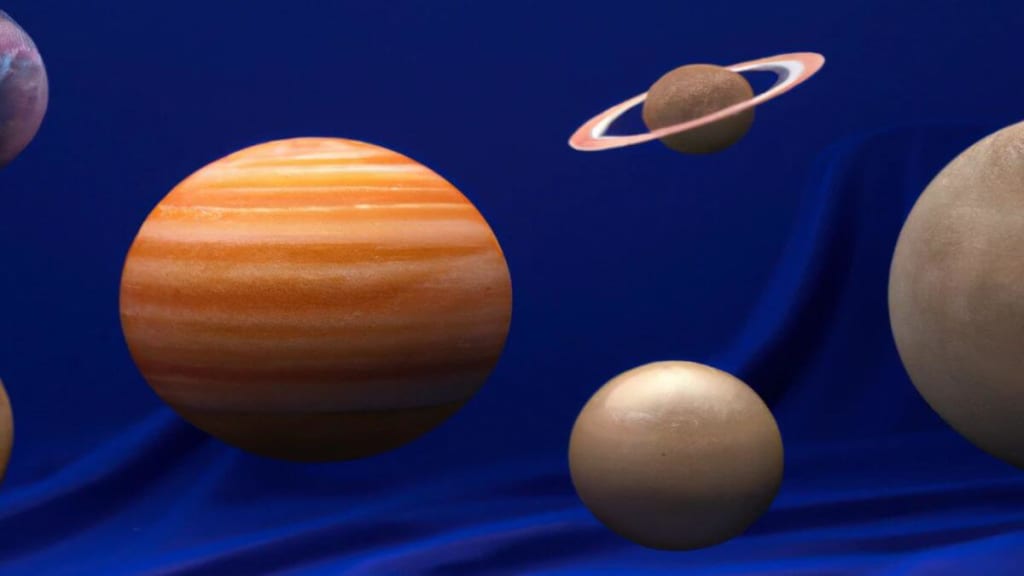
Hinduism is one of the oldest religions in the world and has a rich tradition of astronomy and cosmology. The religion has several gods and goddesses associated with the sky and celestial bodies, which have played a significant role in Hindu mythology and culture for thousands of years. In this article, we will take a closer look at some of the most important astronomical deities in Hinduism.
Surya, the Sun God
Surya is the Hindu god of the sun and is considered one of the most important deities in Hinduism. He is often depicted as a handsome young man riding a chariot drawn by seven horses, symbolizing the seven days of the week. Surya is considered the source of light, energy, and life, and is worshipped as the creator and sustainer of the world. He is also associated with good health, prosperity, and wisdom.
Chandra, the Moon God
Chandra, also known as Soma, is the Hindu god of the moon. He is often depicted as a beautiful young man with a crescent moon on his forehead, holding a bowl of nectar in his hand. Chandra is associated with peace, calmness, and tranquility, and is believed to have a cooling and soothing effect on the world. He is also associated with tides, agriculture, and female fertility, and is worshipped by women who are seeking blessings for their children.
Shani, the Saturn God
Shani, also known as Shanaishchara, is the Hindu god of Saturn and is considered one of the nine planets in Hindu astrology. He is often depicted as a dark and fearsome figure, carrying a sword and a pair of shackles. Shani is associated with discipline, justice, and retribution, and is believed to bring hardship and suffering to those who have acted unjustly in their lives. However, he is also considered to be a bringer of good fortune and is worshipped by those seeking to improve their lives.
Rahu and Ketu, the Shadow Planets
Rahu and Ketu are two astronomical entities in Hinduism that are considered to be the "shadow planets". Rahu is said to represent the moon's ascending node, while Ketu represents the descending node. They are often depicted as two serpentine entities, with Rahu being depicted as the head and Ketu as the tail. In Hindu mythology, Rahu and Ketu are considered to be powerful and dangerous, causing eclipses and bringing chaos and destruction to the world. They are also believed to influence human destiny and are worshipped to alleviate their negative effects.
Vishnu, the Preserver
Vishnu is one of the three major gods in Hinduism and is considered to be the preserver of the world. He is often depicted as a blue-skinned deity with four arms, holding a conch, a discus, a mace, and a lotus flower. Vishnu is associated with the sky and the cosmos and is believed to maintain the balance of the universe and protect it from destruction. He is also related to the creation of the world and is said to have rested on a serpent after the creation of the universe, symbolizing the connection between the sky and the earth.
Durga, the Warrior Goddess
Durga is a Hindu goddess who is considered to be a warrior and protector. She is often depicted as a beautiful and fierce woman riding a lion or a tiger, holding weapons in her multiple arms. Durga is associated with power, strength, and victory, and is worshipped by those seeking protection from evil and danger. She is also associated with the sky and the stars and is believed to bring light and guidance to those in need.
Brahma, the Creator
Brahma is one of the three major gods in Hinduism and is considered the creator of the world. He is often depicted as a bearded man with four heads, symbolizing his ability to see in all directions. Brahma is associated with creation, knowledge, and wisdom, and is worshipped by those seeking blessings for their creative endeavors and intellectual pursuits. He is also associated with the sky and the stars and is said to have created the universe from a golden egg.
Conclusion
In conclusion, the astronomical deities in Hinduism play a significant role in the religion's mythology and culture. They are associated with various aspects of the sky and celestial bodies, including the sun, the moon, planets, and stars. These deities are worshipped for their blessings and protection, and their stories and legends are an important part of Hindu tradition and history. Understanding the astronomical deities in Hinduism provides a deeper insight into the rich history and cultural heritage of this ancient religion.
About the Creator
Nivas
If you find this piece interesting, please consider leaving a ❤️, or even a tip. Your support means a lot to me as a writer! connect with me for exciting stories.






Comments
There are no comments for this story
Be the first to respond and start the conversation.